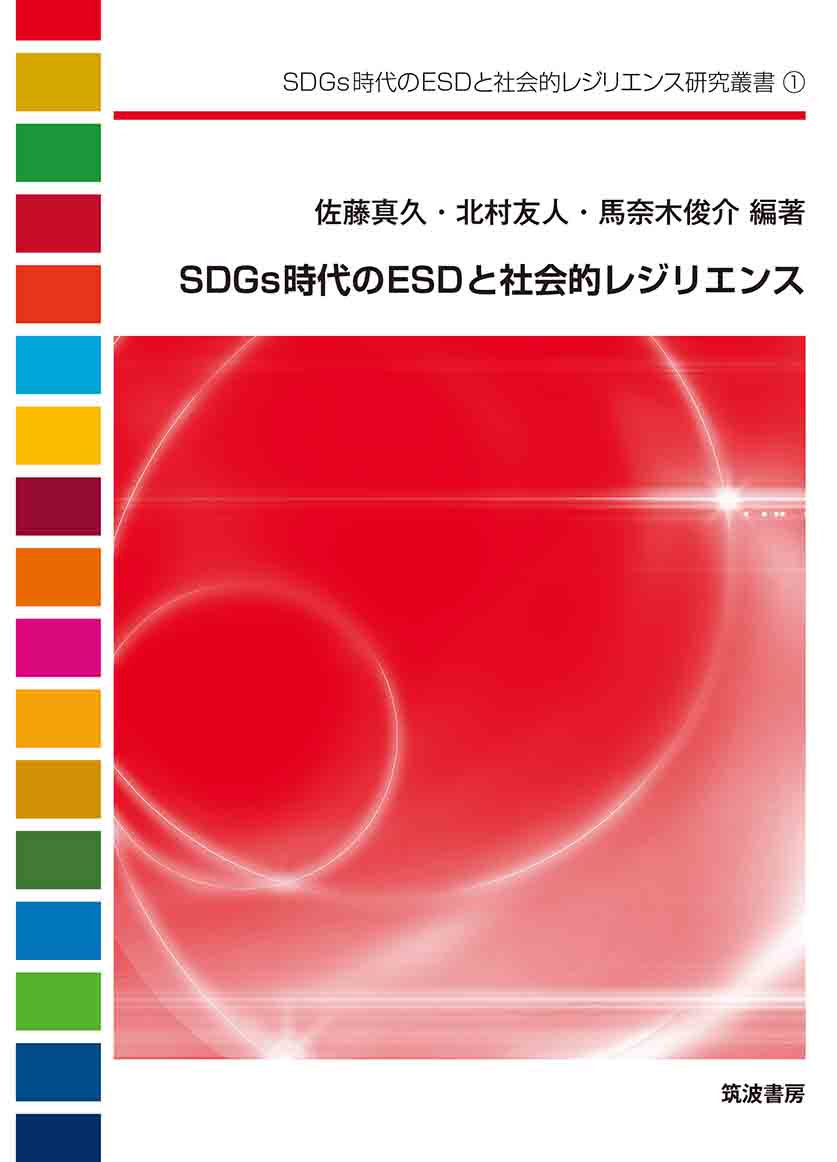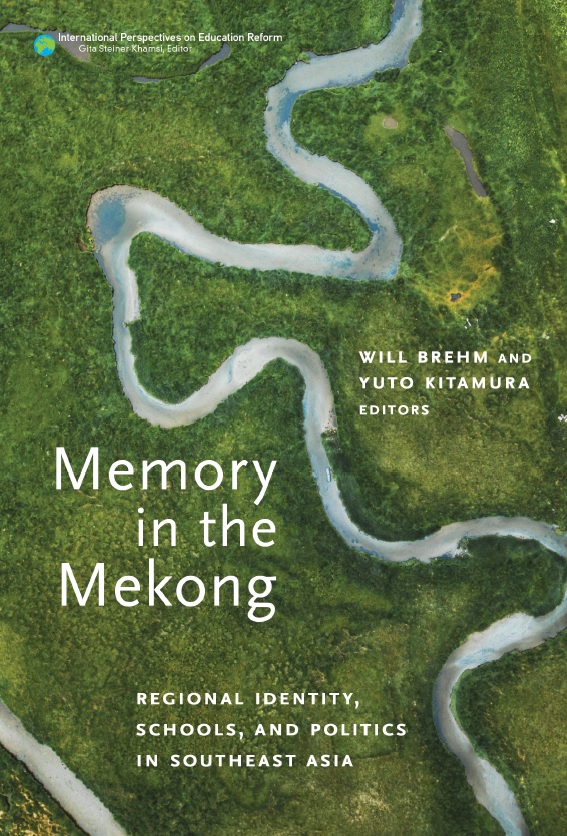
Title
Collection of research on ESD in the era of SDGs and social resilience SDGs jidai no ESD to shakaiteki resilience (Education for sustainable development in the era of SDGs and social resilience)
Size
158 pages, softcover
Language
Japanese
Released
April 10, 2020
ISBN
9784811905716
Published by
TSUKUBA Shobo
Book Info
See Book Availability at Library
Japanese Page
The importance of “education for sustainable development (ESD)” is stressed in the Japanese government’s new Curriculum Guidelines (2020 “Courses of Study” with sequential revisions). A key priority in ESD is teaching children to proactively think for themselves. In ESD, children must learn how to discover issues in society, understand why such problems exist, and understand and implement methods towards resolving those problems. Practical studies of this kind are insufficiently learned through textbooks in the classroom setting. Students need to actively search available resources, discuss their findings and ideas with other children (and with adults), and express the results of these activities in various forms. In other words, participatory and experiential learning are essential for ESD.
For many teachers and schools, the promotion of ESD involves major challenges. However, the importance of ESD engagements is clear, as children today are born in an age of rapid, unforeseen changes that they must face and overcome. ESD aims to foster the character and skills needed by these children and will enable them to use and apply their acquired knowledge and skills.
Schools are not the only sites for promoting ESD. Multiple, diverse actors and institutions in the local community must also become involved. In 2015, the United Nations adopted its sustainable development goals (SDGs), and individuals need to fully utilize their capacities to realize these goals. This means that the communities in which we live must create and sustain environments where individuals can develop and apply their abilities. Then, communities need to form bonds with other communities to enable changes throughout the entire society. We must consider this kind of progress as “capacity” development within communities and society.
Each chapter of this book considers the key significance of ESD for individuals in the era of SDGs and details the importance of ESD for raising social resilience. These points are argued from a variety of perspectives. Towards the realization of SDGs, diverse discussions have already accumulated in Japan. Although the arguments presented in this book refer to this history, the reader will find many new and unique ideas and perspectives, all with a focus on ESD. While this is a slim volume of approximately 150 pages, the discussion is broad and deep. The authors of each chapter depict their ideas with passion and insight, and readers are invited to enjoy and seriously consider the ideas and suggestions. It is hoped that as readers finish this book, they will view new horizons for education, methods, and styles not before seen in our traditional education system and practices.
(Written by KITAMURA Yuto, Professor, Graduate School of Education / 2020)



 Find a book
Find a book


